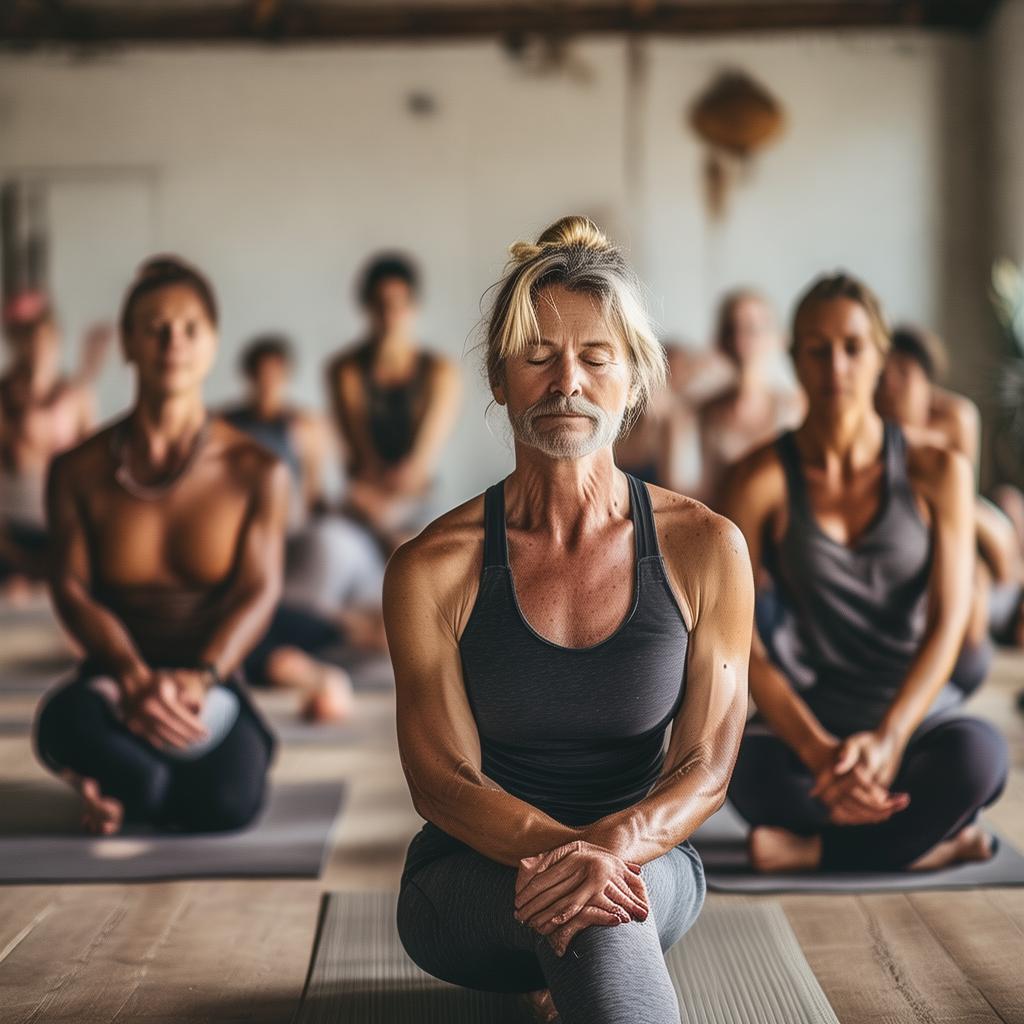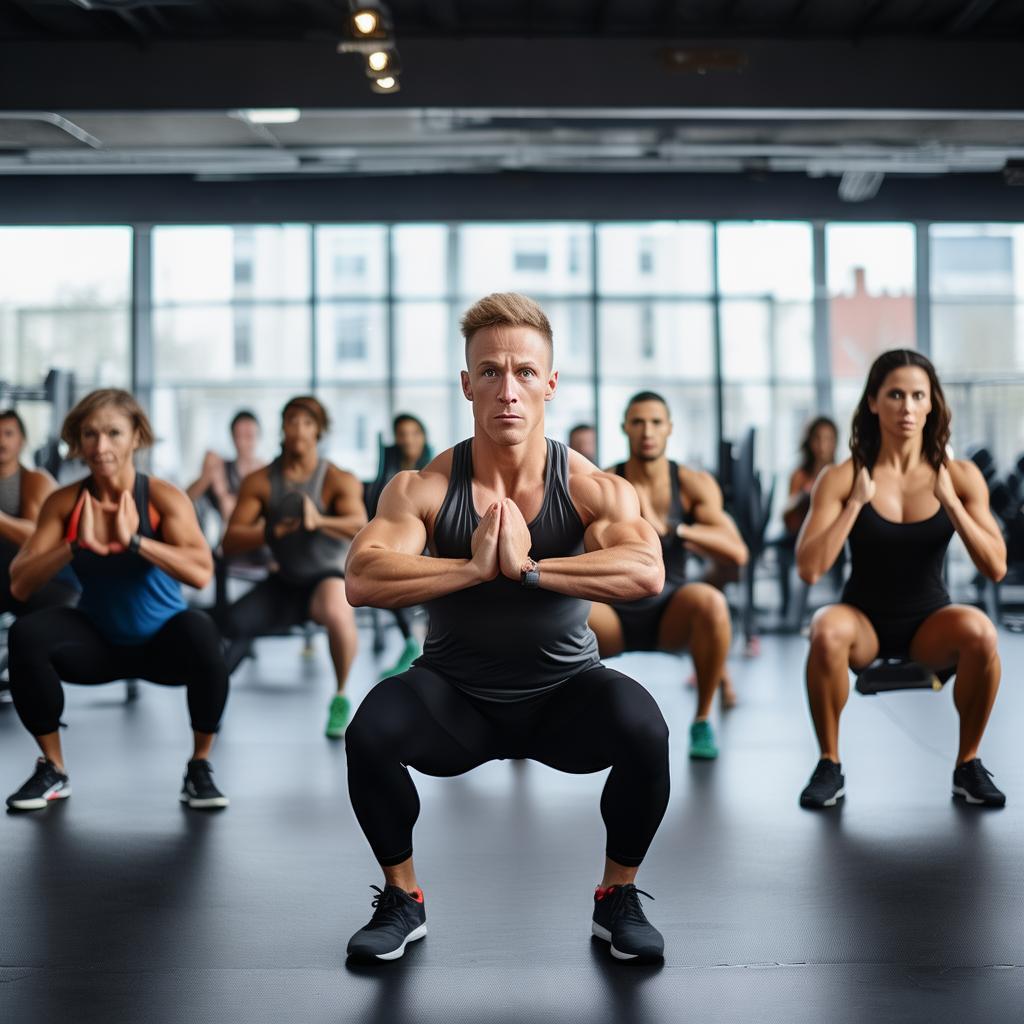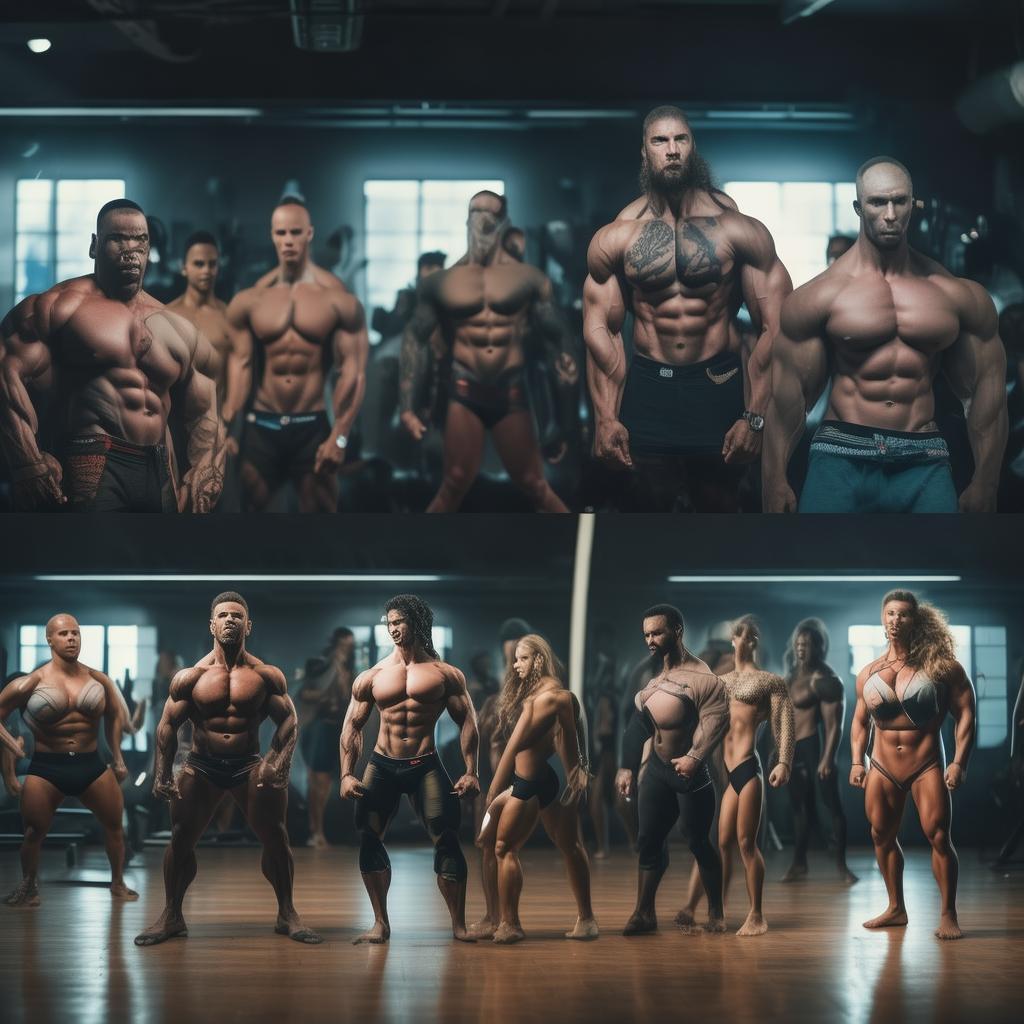An Introduction to the Yoga Sequence
On February 15, 2025, we present a special yoga sequence that focuses on exercising the abdomen, legs, and hips. If you’re eager for high – intensity asanas that make you break a sweat and challenge your limits, this short sequence is perfect for you. It’s also great for fat loss. Hold each asana for a few minutes or until you reach your personal capacity.
Useful Tips for Rest
If rest is needed during the practice, simply enter the baby pose. Kneel on the floor, lean your torso forward over your legs, and you can slightly spread your knees outward. Place your forehead on the floor and your arms behind you.
The Yoga Sequence Steps
1. Mountain Pose (Tadasana)
Begin by standing in mountain pose. Breathe deeply and relax for a few minutes. Focus on your breathing and distribute your weight evenly over the palms of your feet to ensure all joints are aligned.
2. Warm – up with Bhajans
Warm up your body by performing five of your favorite bhajans. This helps prepare your body for the more intense asanas to follow.
3. Phantom Chair Pose (Utkatasana)
Stand up straight with legs hip – width apart, shoulders relaxed, and pelvis tilted forward. Inhale, bend your knees and straighten your arms simultaneously. Keep the pelvis tilted forward and avoid tilting your back into a sunken position. Relax your shoulders and try to bring your arms as close to your ears as possible. You can bring your palms together if it doesn’t cause tension in the shoulder area.
4. Warrior II (Virabhadrasana II)
Staying in warrior ii for an extended time not only makes you feel the burn in your upper arms but also gives you a strong sense of inner straightening and focus. Perform this on both sides of your body.
5. Warrior III (Virabhadrasana III)
Warrior iii demands strength from your thigh and core muscles, as well as focus and balance. It’s a challenging asana that helps improve your overall body control.
6. Downward – Facing Dog (Adho Mukha Svanasana)
This asana stretches your legs, strengthens your arms and shoulders. Hold the position for 10 breaths to fully experience its benefits.
7. Plank Pose (Phalakasana)
You can enter the plank pose directly from the downward – facing dog. It challenges the muscles in the center of your body and works the whole body. Keep your shoulders above your hands, hands shoulder – width apart, and form a straight line from your head to your heels without sagging your shoulders and hips. Press your hands firmly to the floor and pull your heels back. Hold for a few breaths and then lower yourself to the floor in a slow, controlled manner. If you want to reduce arm stress and increase abdominal stress (or have wrist problems), you can do a forearm plank variation. From the plank, place your forearms parallel on the floor with elbows directly under your shoulders.
8. Side Plank (Vasisthasana)
From the plank pose, you can directly enter the side plank. Shift your weight to your right hand, lower your right knee, and open the left side of your body upward. You can place your left hand on your hip or reach up to the sky. Try to balance here as much as possible. If you can, lift your right knee off the ground and place your right foot directly under your left foot.
9. Boat Pose (Navasana)
Focus your consciousness on your back and hips. Control your body’s balance with your hips and feel the strength building up in your lower back and abdomen. Keep your back as straight as possible to lift the spine upward, as a downward – pressing tailbone can cause back pain.
10. Happy Baby Pose (Ananda Balasana)
If you feel the need for more stretching and twisting, try the happy baby pose. You can also combine it with the crocodile pose or other twists for a more comprehensive stretch.
11. Stretched Corpse Pose (Savasana)
Finally, relax and enjoy the benefits of your yoga practice with a final relaxation in the stretched corpse pose. Let your body and mind fully unwind after the intense sequence.





